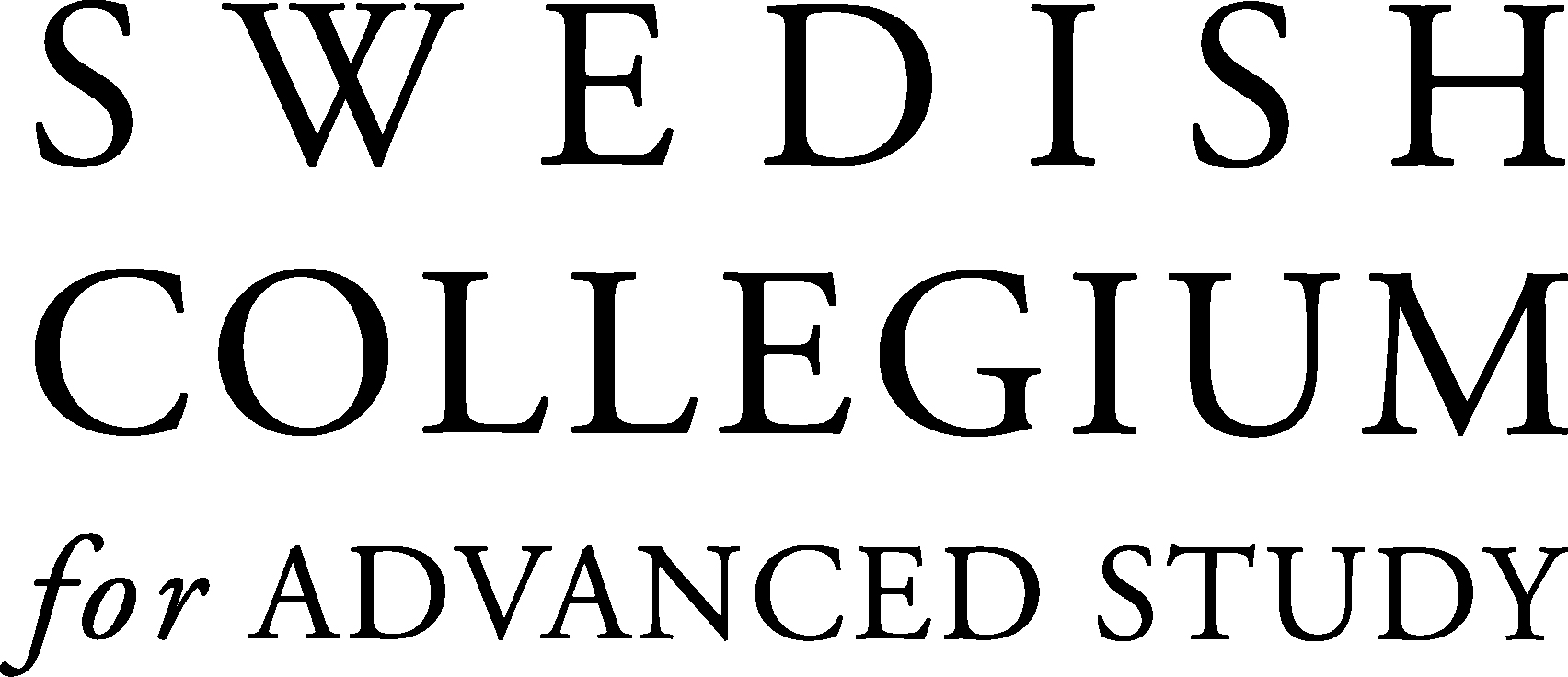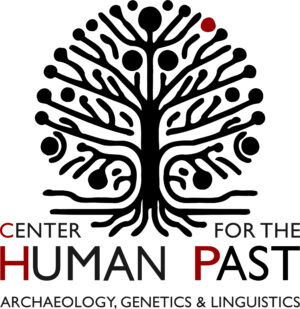
- This event has passed.
SCAS symposium with Human Past Senior Fellow Yoko Yamazaki: Working and Eating Together – Uralic=Indo-European Contacts in the Bronze Age Working Communities


ABSTRACT
The recent advancements in archaeology and archaeogenomics are elucidating dynamic demographic movements, or migrations, since the 3rd Mill. BCE, involving Indo-European and Uralic speakers in West Eurasia. In particular, Northern and Eastern Europe saw the expansion of the Indo-European associated culture, Corded Ware Culture (ca. 2800 – 2200 BCE). Subsequently, the metallurgy and trading network called Seima-Turbino Transcultural Complex emerged (ca. 2200/1900 BCE), and rapidly spread in the wide range including Eastern Europe and Fennoscandia. This is associated to the Uralic speakers’ expansion.
Thus, Indo-European and West Uralic speaking peoples probably came into contact as the Seima-Turbino Transcultural Complex grew, engaging in trading and metallurgy labors. This is indicated by Indo-European loanwords in the Uralic languages at various chronological stages. Even the
genetic evidence can be integrated in this context, too. It is reported that the admixture of Indo-European ancestries and Siberian ancestry component is found in several individuals from two of the Seima-Turbino burial sites. The Siberian ancestry is strongly associated to the Uralic speakers.
There is a Balto-Slavic word *talkā ‘a community of workers that was treated with a feast after work’, which was loaned in West Uralic. The implication of this loanword may tell us some aspects of their life in contacts, i.e., “eating and working together”. This talk will explore how this loanword can contribute to piece together the picture of the life of those speakers in contact.
